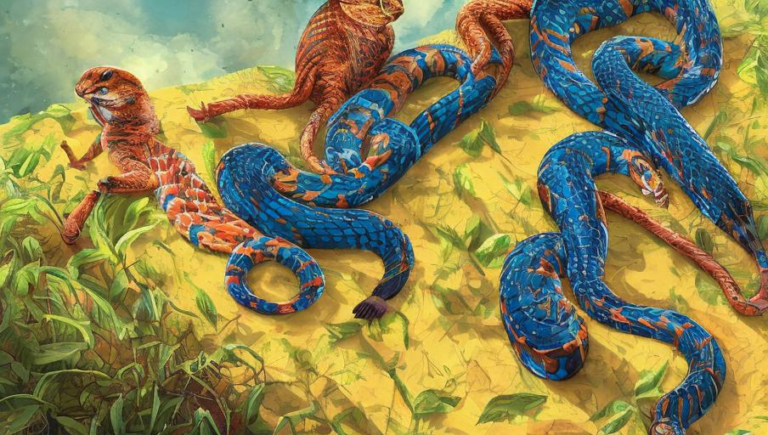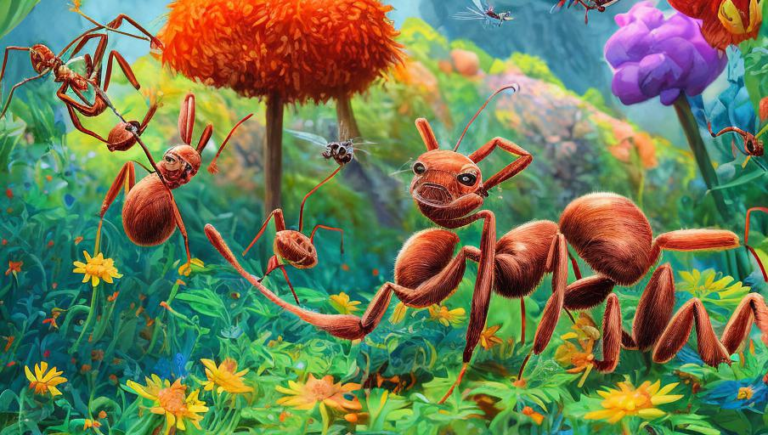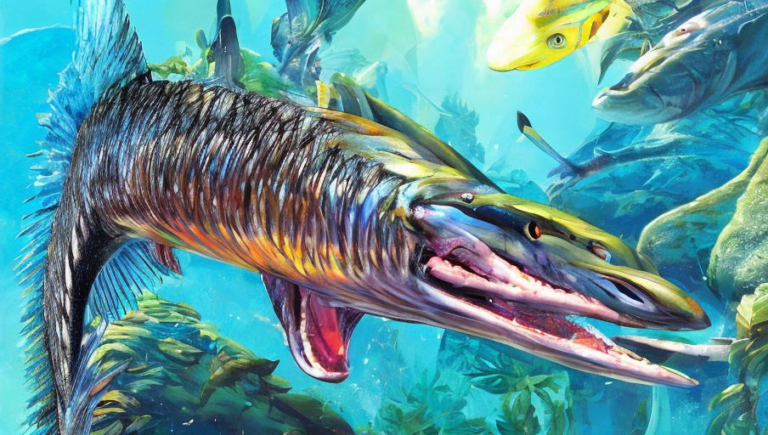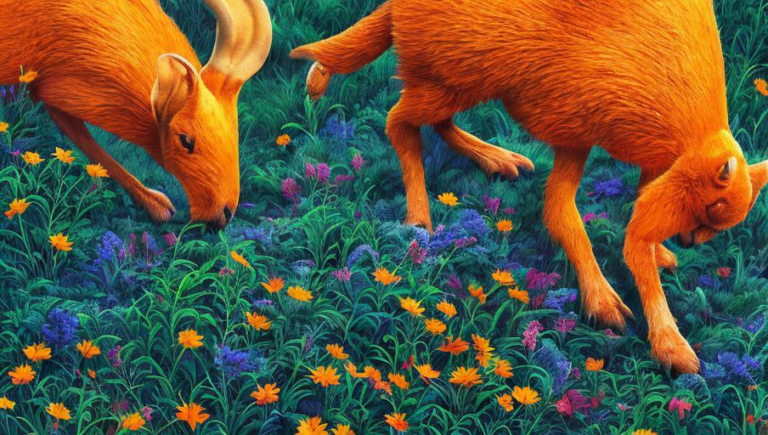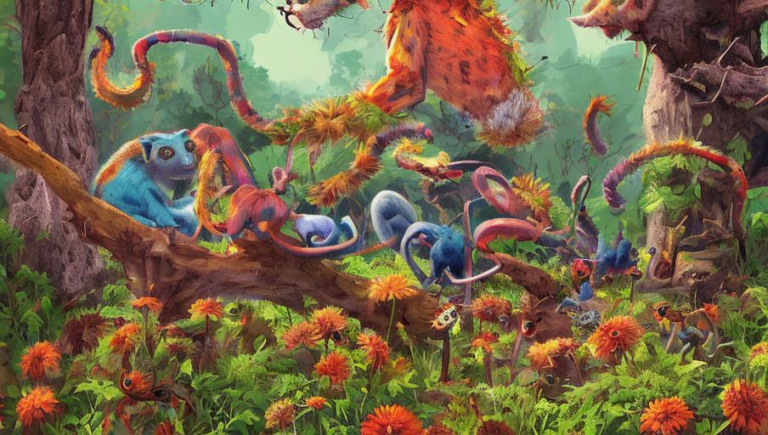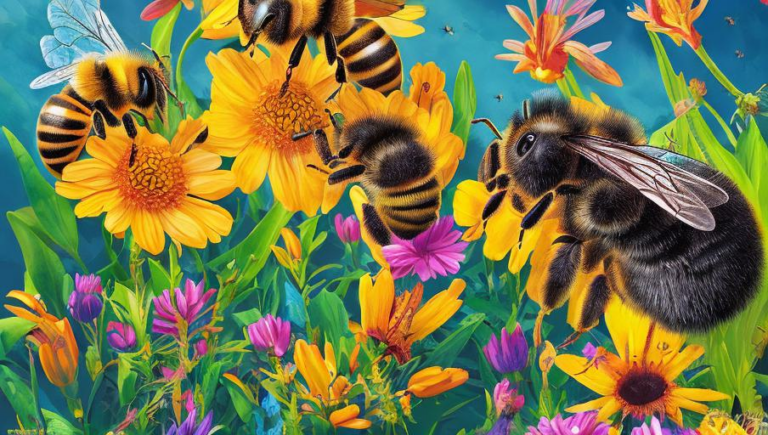Kicking Off The Albatross: An Overview of the Species
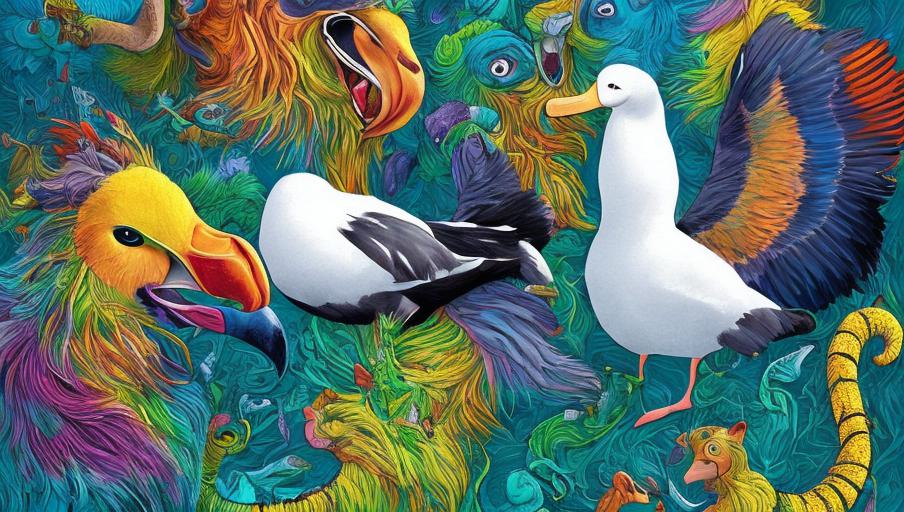
Introduction
The Albatross is a species of seabird found in many parts of the world. They are most commonly found near the coasts of the Southern Hemisphere, including the coasts of Chile, Australia, New Zealand, and South Africa. Albatrosses are known for their long wingspan, which can reach up to 3.5m in length and a weight of up to 11kg. They have a wide range of habitats, from open ocean to coastal areas near land. Albatrosses are often seen soaring in the air, looking for food, and sometimes even diving below the surface of the water.
Lifespan and Breeding
Albatrosses typically live for a long time, with some species living up to 65 years. They mate for life, and their breeding season usually occurs during the winter months. Females lay a single egg and both parents take turns incubating it. After the chick hatches, the parents take turns caring for it. During this time, they will feed the chick and protect it from predators. When the chick is mature enough, it will leave the nest and begin its own life.
Feeding Habits
Albatrosses have a variety of feeding habits, depending on the species. Some feed on krill and small fish, while others prefer squid and other marine creatures. They often forage in the open ocean and can travel great distances in search of food. They are known to follow ships in order to take advantage of their discarded trash, which can provide an easy meal.
Threats
Albatrosses face a number of threats, including habitat destruction, pollution, and climate change. Longline fishing poses a particular threat to albatrosses as they are often caught and killed by the hooks. Additionally, they are vulnerable to oil spills and other forms of pollution that can contaminate their food sources. Finally, climate change is causing the ocean to become more acidic, which can disrupt the albatross’s food chain and lead to a decrease in their population.
Conservation Efforts
Fortunately, many conservation efforts are being taken to protect albatrosses. International agreements, such as the Agreement on the Conservation of Albatrosses and Petrels, have been established to help protect albatrosses. Additionally, governments and non-governmental organizations are working to reduce the impact of longline fisheries on albatrosses. Finally, many organizations are raising awareness about the need to protect these majestic birds.
Conclusion
Albatrosses are an important species in our world, and they face many threats that can endanger their population. Thankfully, conservation efforts are being taken to protect these majestic birds, and it is important that we continue to support these efforts so that these species can remain part of our planet for generations to come.
